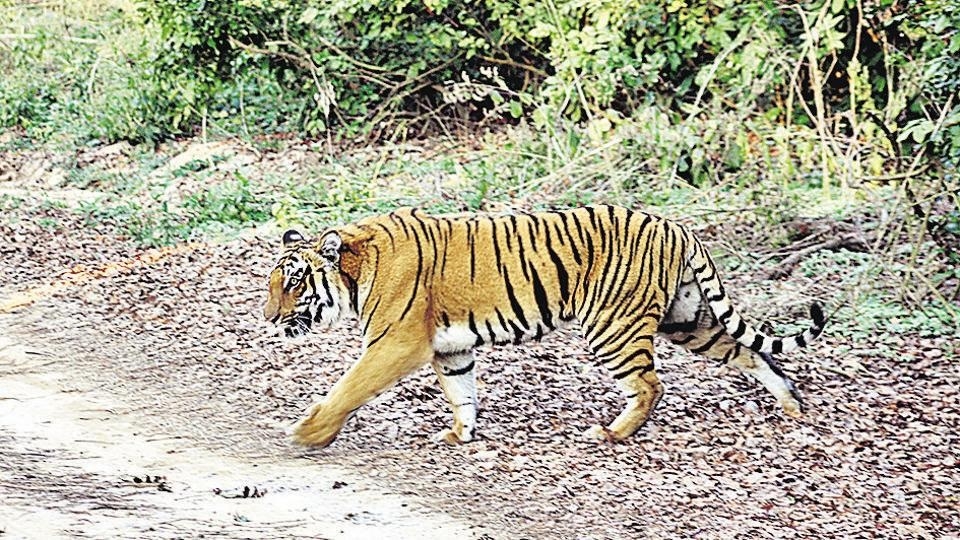Govt panel approves Rs 34 cr plan for six tiger reserves
| Date :28-May-2019 |

By Ramesh Marulkar:
Forest Minister Sudhir Mungantiwar asks officers to focus on reducing man-animal conflict in Vidarbha
The State-level Governing body of conservation foundations for six tiger reserves approved development plans worth Rs 34 crore for this year in a meeting held at Mantralaya, Mumbai, on Monday. Sudhir Mungantiwar, Forest Minister, presided over the meeting in which Bunty Bagadia, Nana Shyamkuwar, Prabhudas Bhilawekar, Shivajirao Naik, Gopaldas Agrawal, all Legislators, Vikas Kharage, Secretary, Forest, Nitin Kakodkar, Principal Chief Conservator of Forest (Wildlife), Sunil Limaye, Additional PCCF (Wildlife), N R Praveen, M S Reddy, Ravikiran Gowekar, Field Directors of Tadoba-Andhari, Melghat, Pench/Bor Tiger Reserves, respectively, V N S Ladkat, Vinita Vyas, Poonam Pate, Deputy Directors from Tadoba-Andhari, Sahyadri and Navegaon-Nagzira Tiger Reserves respectively, and others were present. The plans to be implemented include - Strengthening of protection huts, research and measures to reduce man-animal conflict cases in Vidarbha, livelihood improvement for local communities, promoting Nisarganubhav for children residing in and around tiger reserves, providing employment opportunities to women, providing water to wildlife, fodder to herbivores, LPG connections and others. Mungantiwar asked the officers concerned to study the increasing cases of man-animal conflict in Vidarbha and take necessary steps to check such cases and bring relief to villagers residing in buffer and fringe areas of tiger reserves.
He also wanted that if Forest Department made efforts to provide employment opportunities to the locals then their dependence on jungle could be reduced. “Similarly, women can also earn livelihood if they are provided opportunities for sewing clothes, bags, uniforms etc. For this purpose, the department should give them necessary training,” he added. “The wild animals would stop migrating towards human settlements if the department provided water facilities and fodder to animals in the buffer areas.
Herbivores like spotted deer, sambar and others would not tend to go to agricultural fields near villages if they get fodder inside the jungle,” Mungantiwar said. It is possible to reduce damages to fields by wildlife through erecting chain-link fencing that would provide relief to farmers. Then they would extend cooperation in protection and conservation of flora and fauna. The officers should also examine the possibility of making solar geyser system in buffer areas.
The officers should also give stress on supplying milching cows to farmers from barren areas in order to bring them subsidiary income. Efforts should be made at such places to grow fodder for domestic animals. The minister also instructed officers to develop spider museum in a better way. The officers should see whether concessions could be given to rural students coming on picnis. They should also give proper information to visiting tourists on biodiversity, vegetation and other aspects in a particular tiger reserve.